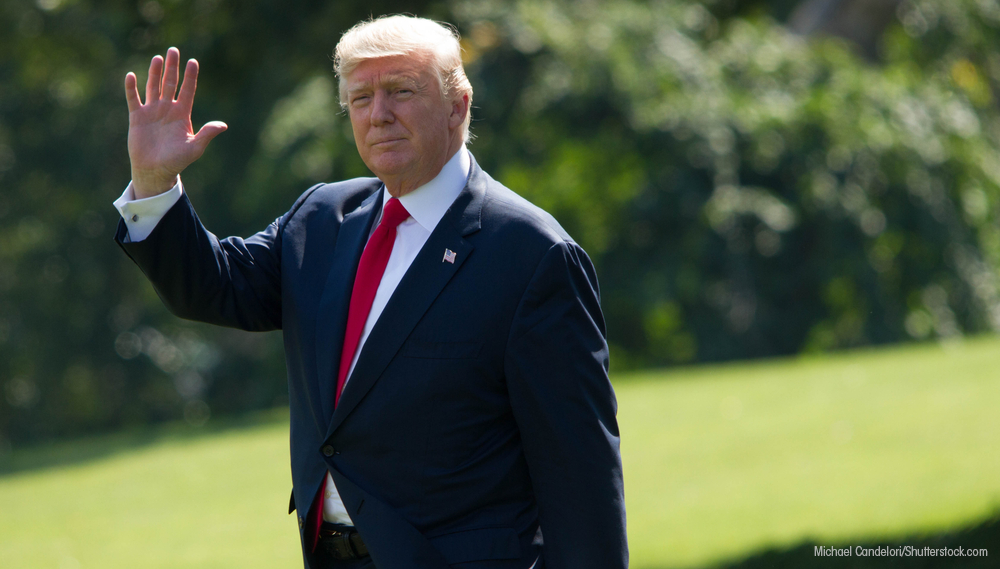Looser Restrictions on HRAs on the Horizon
Four things you need to know about the Trump Administration’s proposed regs.

The U.S. Departments of the Treasury, Health and Human Services, and Labor issued a proposed regulation that expands the usability of health reimbursement arrangements (HRAs) in late October. If adopted as written, the new rules would apply for most health plans beginning January 1, 2020.
Here are four things healthcare executives should know about the proposal.
- If the regulation is passed, HRAs could be used to cover new types of expenses. Specifically, the rule creates two new types of HRAs-Individual Coverage HRAs (ICHRA) and Excepted Benefit HRAs (EBHRA). Under ICHRAs, individual coverage premiums would now be allowable expenses under the HRA, says John Barkett, senior director of policy affairs at Willis Towers Watson, which designs and delivers solutions that manage risk and optimize benefits. Under EBHRAs, short-term medical coverage would be an allowable expense.
Under ICHRAs, employees contract directly with a health plan. “The employer provides the funding, but that’s all,” Barkett says. “If an employee wants to keep their plan when they leave a job, they’re free to do so.”
- Certain populations would benefit the most. Probably the most impacted population segment would be employees who work for employers with less than 50 full-time employees, because these employers aren’t required to offer health plan coverage under the ACA’s employer mandate and cannot under current rules set up HRAs that are not linked with major medical coverage, says Douglas Dahl, an employee benefits attorney with Bass, Berry & Sims. Under current rules, an employer of any size that offers a standalone HRA without underlying major medical coverage would be subject to ACA penalties. The proposed regulations change this for HRAs used to pay for individual health insurance coverage.
Populations that seek greater health coverage or less costly health insurance could also benefit most from the new regulation, says Saeed Aminzadeh, CEO, Decision Point Healthcare Solutions, a predictive analytics management company. An employer-sponsored plan may not be rich enough in terms of benefits for certain populations (e.g., the inclusion of richer, standalone dental benefits). Under the regulation, individuals would have greater flexibility to use an HRA to shop for and fund these types of coverages. Conversely, healthier individuals with limited health insurance needs may not want to share in the cost of a rich employer-sponsored health insurance plan. These individuals can have an opportunity to shop for a less costly, more limited insurance plan.
Related: Top 7 Healthcare Takeaways from the Midterm Elections
- The proposal is expected to empower individuals to shop for their own health plans and drive health plans to deliver higher quality coverage at lower cost. “The proposed regulation has the potential to spur a truly competitive, value-driven health insurance market, however I don’t believe the impact will be as great as the Administration is projecting,” says Arthur Tacchino, JD, chief innovation officer, SyncStream Solutions, a provider of healthcare reporting and compliance solutions. “There has always been challenges with consumer-driven health plans such as health savings accounts and health reimbursement accounts. These setups are quite complex and many individuals struggle to fully take advantage of them. Furthermore, many Americans are unable to fund these accounts due to a lack of disposable income. Given these issues, I think the success of the extended use of HRAs will be limited in scope.”
- The regulation is also touted as one that will improve the overall healthcare system. Barkett says one positive outcome could stem from the fact that ICHRAs make coverage portable. “Individuals can take their plan from job to job,” he says. “That gives insurers a chance to keep a customer even though they’ve changed jobs, a feature that’s never been realized in U.S. healthcare. If the model was adopted at scale, this effect could be profound.”
If HRAs are widely adopted by employers and individuals, Tacchino says it could drive more enrollment in individual markets. “This would offset risk of the markets, which have been undermined by the repeal of the individual mandate, and could lead to lower premiums,” he says. “Improvement to the healthcare system will be subject to adoption and education.”
Dahl says the proposed regulations will remove some barriers for individuals who are not currently covered by major medical plans or who currently receive no employer contributions toward healthcare to do so. “The greater the number of people covered by major medical plans, the better it will be for the U.S. healthcare system,” he says.
Karen Appold is a medical writer in Lehigh Valley, Pennsylvania.

In this episode of the "Meet the Board" podcast series, Briana Contreras, Managed Healthcare Executive editor, speaks with Ateev Mehrotra, a member of the MHE editorial advisory board and a professor of healthcare policy and medicine at Harvard Medical School. Mehtrotra is also a hospitalist at the Beth Israel Deaconess Medical Center in Boston. In the discussion, Contreras gets to know Mehrotra more on a personal level and picks his brain on some of his research interests including telehealth, alternative payment models and price transparency.
Listen